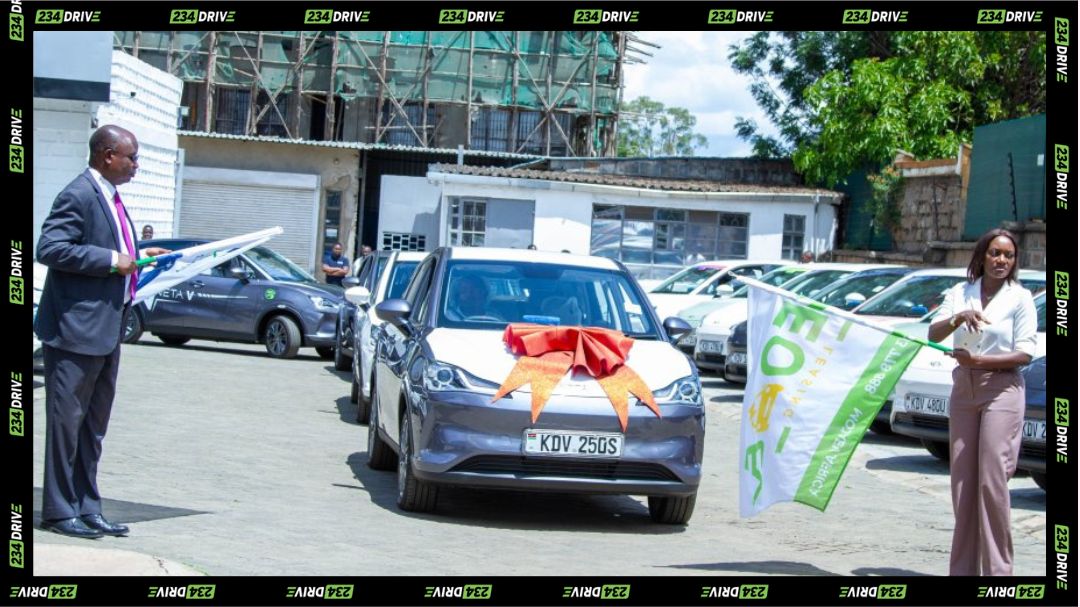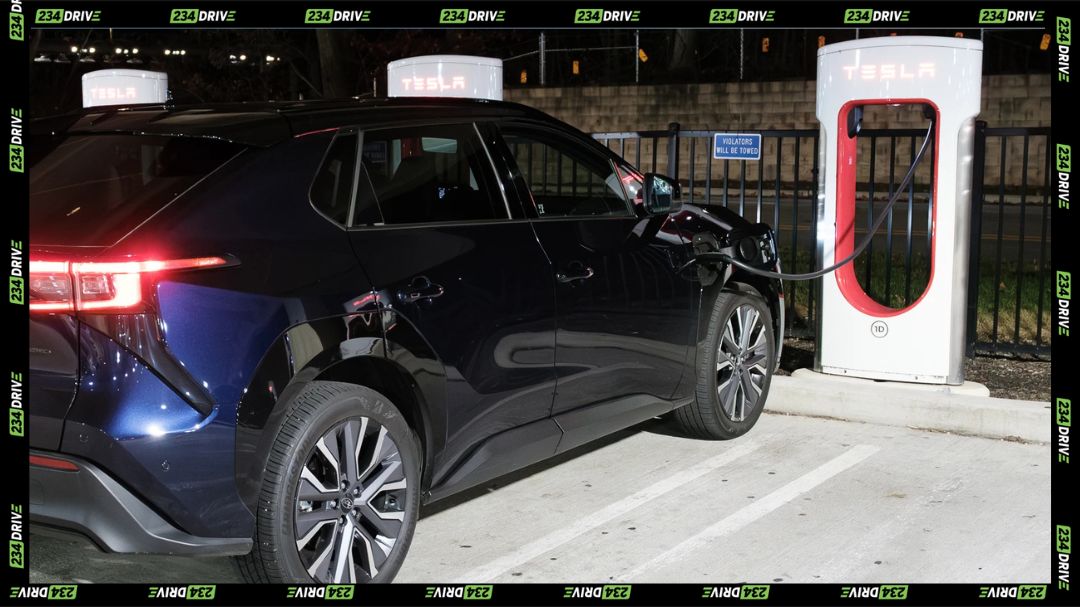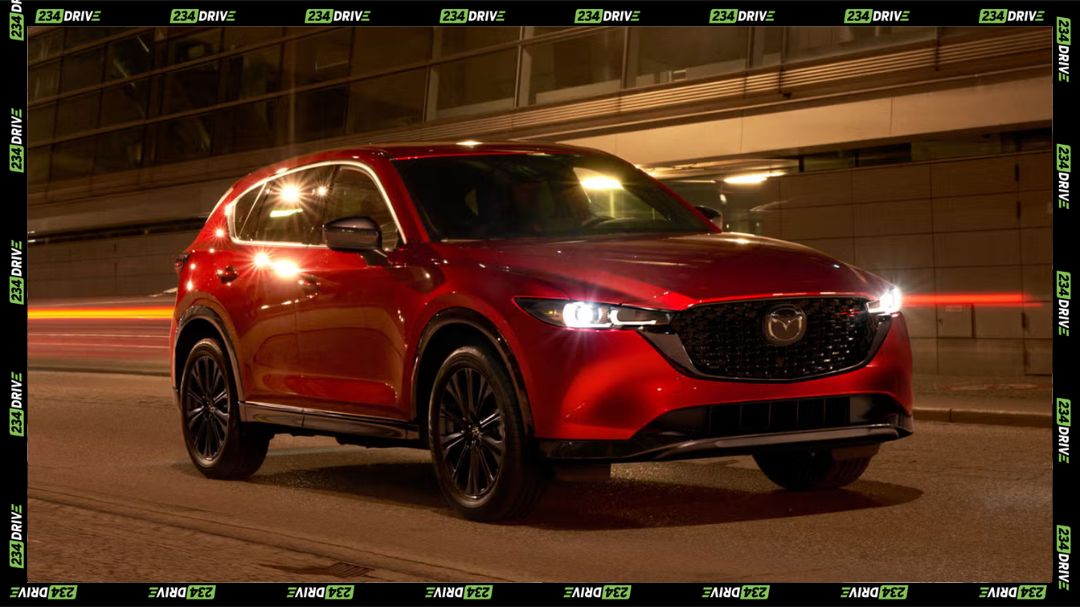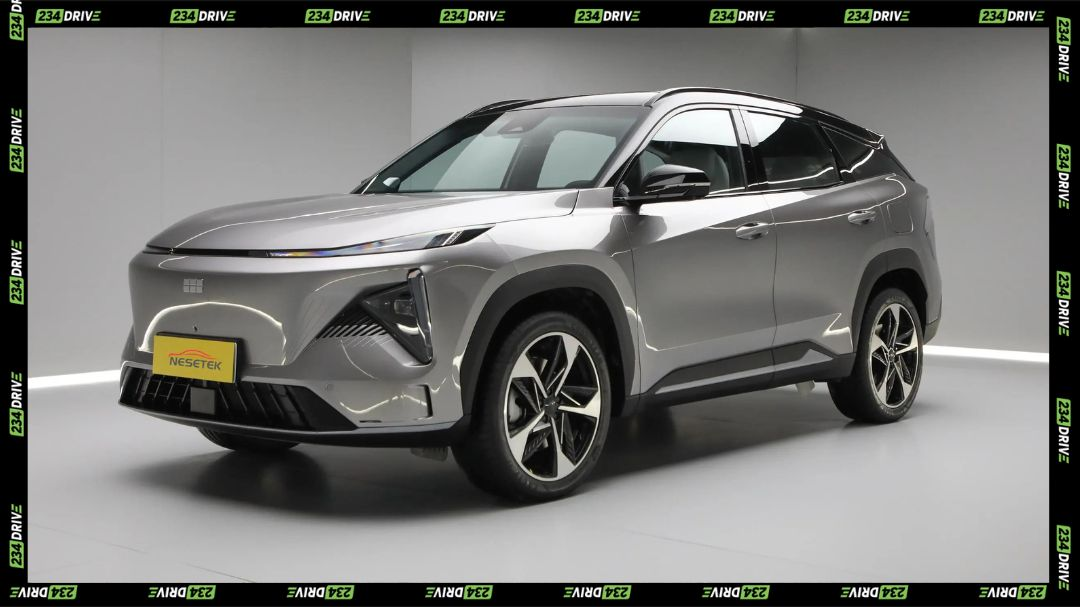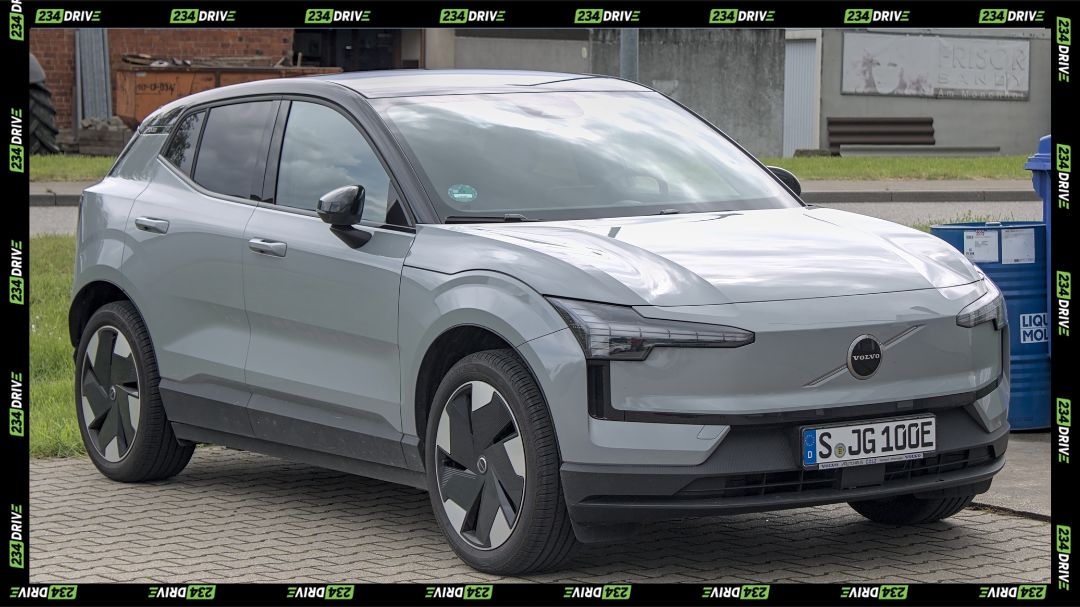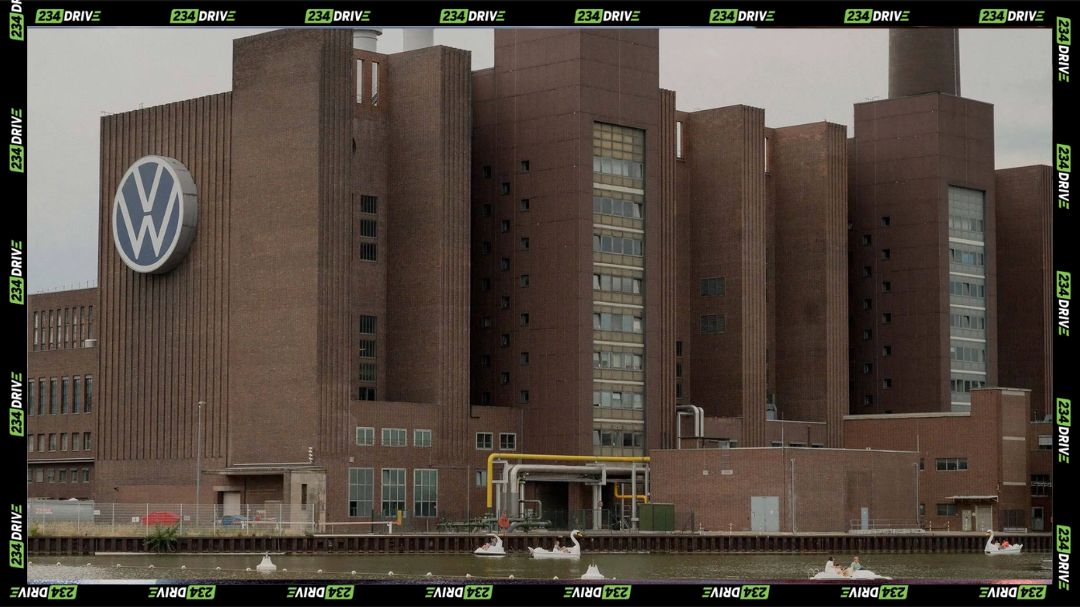Renault just torpedoed the bottom end of South Africa’s compact SUV market with a price cut that makes its refreshed Kiger the country’s most affordable crossover—a bold gambit in a region where EV buzz is growing but petrol-powered practicality still rules the sales charts.
The facelifted Renault Kiger landed in South African showrooms in November 2025 with a revised entry price of R219,999 for the Evolution 5MT variant, slashing R30,000 off the pre-facelift starting point and positioning itself firmly beneath competitors like the Suzuki Ignis 1.2 GL at R237,900. The mid-spec Techno 5MT arrives at R244,999, whilst the Techno AMT with its automated manual gearbox tops out at R254,999—each variant carrying a five-year/150,000km warranty and two-year/30,000km service plan that sweetens the value proposition for budget-conscious buyers navigating South Africa’s economic realities. These aren’t superficial discounts tacked onto old inventory; Renault restructured pricing across the lineup whilst simultaneously introducing cosmetic and feature upgrades that first debuted in India during August 2025. The timing matters: South Africa’s used battery electric vehicle listings surged 63 percent in early 2025, signalling accelerating interest in electrification, yet the Kiger plants its flag in the opposite camp—proven internal combustion reliability without the upfront premium or range anxiety.
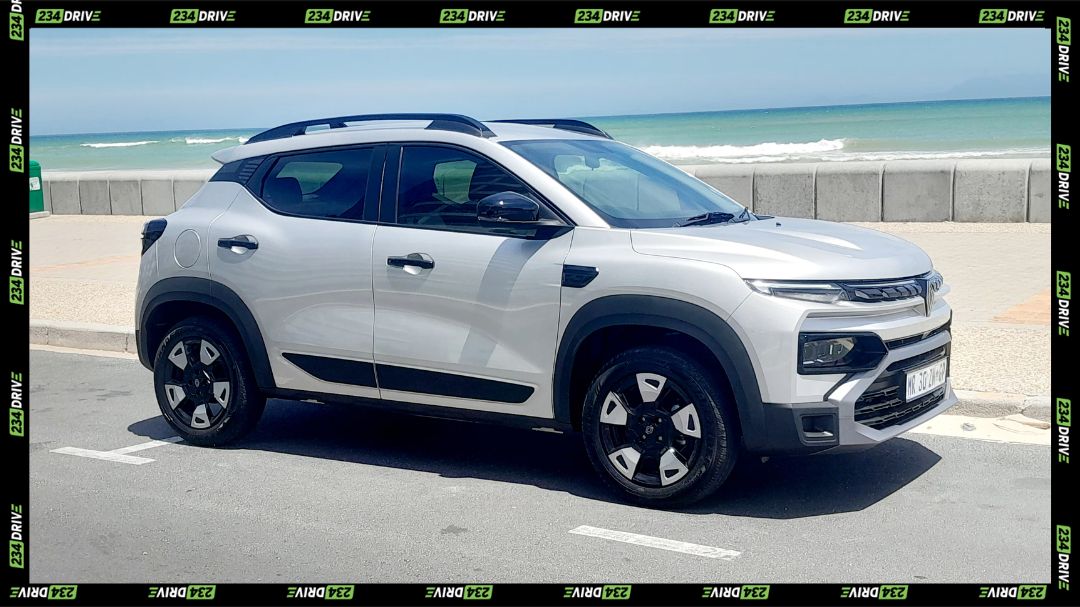
The refresh centres on visual sharpening rather than mechanical revolution. Renault’s updated diamond logo anchors a bolder front grille, flanked by tri-octa pure vision LED headlamps that deliver a sharper, more contemporary face. The bonnet receives resculpting, rear tail lights adopt new geometry, and 16-inch dual-tone flex wheels combine with functional roof bars rated for 50kg loads to reinforce the crossover’s outdoorsy aspirations. Ground clearance sits at 205mm—sufficient for gravel roads and potholed township streets without pretending to be a proper off-roader. The overall silhouette reads more muscular than the pre-facelift model, aligning with design language shifts across Renault’s global lineup as the brand attempts to inject personality into segments often dominated by anonymous boxes on wheels.
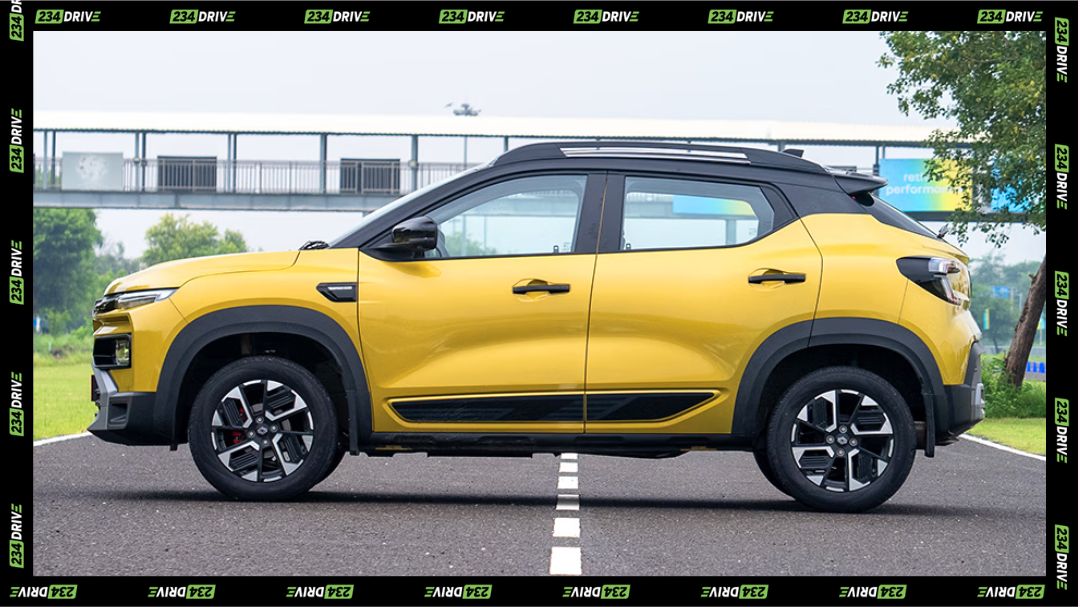
Inside, practicality takes precedence over flash. The cabin offers 222mm of rear knee room, addressing a common crossover complaint about cramped rear quarters, alongside up to 29 litres of storage compartments scattered throughout. Boot capacity reaches 405 litres with seats upright—adequate for weekend trips or bulk shopping runs. The two-tone dashboard adopts a refined aesthetic, complemented by a cooled glovebox, front and rear air conditioning vents, and a multi-view HD camera system that assists with tight parking manoeuvres. Connectivity arrives via an eight-inch floating touchscreen infotainment system supporting wireless Apple CarPlay and Android Auto, backed by a six-speaker Arkamys sound system, multiple USB ports, automatic headlamps, rain-sensing wipers, and a smart access card enabling keyless entry and start. Reviews consistently cite the eight-inch screen despite earlier speculation about a 9.3-inch unit, suggesting regional spec variations or pre-launch confusion.
Powertrain specifications reveal conservative choices. The Kiger retains its 1.0-litre naturally aspirated three-cylinder petrol engine producing 52kW and 96Nm of torque, mated to either a five-speed manual with light clutch action or a five-speed Easy-R automated manual transmission. Real-world fuel consumption hovers around seven litres per 100km in urban environments, extracted from a 40-litre tank—respectable efficiency for daily commuting but nothing revolutionary. Critics universally pan the engine’s performance beyond city limits, describing it as wheezy and noisy at higher revs, making highway overtaking a patience-testing exercise. The turbocharged variant available in India—delivering 74kW and 160Nm with manual or CVT options—remains absent from the South African launch lineup, though potential future introduction could address power complaints from reviewers who otherwise praise the suspension tuning and ride-handling balance.
Safety upgrades represent the most substantial technical improvement. All derivatives now ship with six airbags as standard, up from the previous two or four depending on trim level, alongside electronic stability programme, traction control, hill start assist, and tyre pressure monitoring. Additional smart features like Safety Score and Safety Coach gamify safer driving habits, though their real-world impact depends on whether buyers engage with the technology beyond initial novelty. The front-wheel-drive platform offers predictable handling characteristics suited to the vehicle’s urban-centric mission.
The Kiger’s positioning gains context against South Africa’s evolving automotive landscape. The African electric vehicle market is projected to expand from USD 17.58 billion in 2025 toward significantly higher figures by 2033, driven by falling battery costs and tentative government incentives. Renault itself pursues lithium-iron-phosphate battery technology promising up to 40 percent cost reductions for future EVs, but those benefits remain theoretical for buyers shopping today. The surge in used BEV listings indicates growing secondhand EV accessibility, yet new electric vehicles still command premiums exceeding R500,000—more than double the Kiger’s entry price. Infrastructure gaps and range limitations in a country where intercity distances stretch hundreds of kilometres further dampen EV appeal outside major metros. The Kiger slots into this transition period as the safe bet: familiar technology, established service networks, and immediate availability without waiting lists or charging infrastructure calculations.
Sales figures validate Renault’s strategy. The Kiger has moved over 28,000 units in South Africa since its September 2021 introduction, with 5,164 units in 2024 and 3,945 year-to-date through October 2025, making it Renault’s top seller ahead of the Kwid city car. Social media reception skews positive, with content creators highlighting the “bold evolution” and styling improvements, though first-drive reviews temper enthusiasm by noting the engine’s underwhelming performance. Comparisons with competitors like the Chery Tiggo 4 Pro and Kia Sonet position the Kiger favourably on space and ride quality whilst acknowledging engine refinement deficits.
Regional spec differences tell broader stories about market prioritisation. Indian-market Kigers benefit from turbocharged options, six colour choices including dual-tone roofs, and potentially enhanced noise insulation—refinements absent from South Africa’s four-colour, naturally aspirated-only lineup. These omissions aren’t oversights but calculated decisions reflecting price sensitivity in a market where R10,000 differences swing buyer decisions. Renault trimmed features to hit aggressive price points, betting correctly that South African buyers prioritise affordability and warranty coverage over extra paint options or marginal power gains.
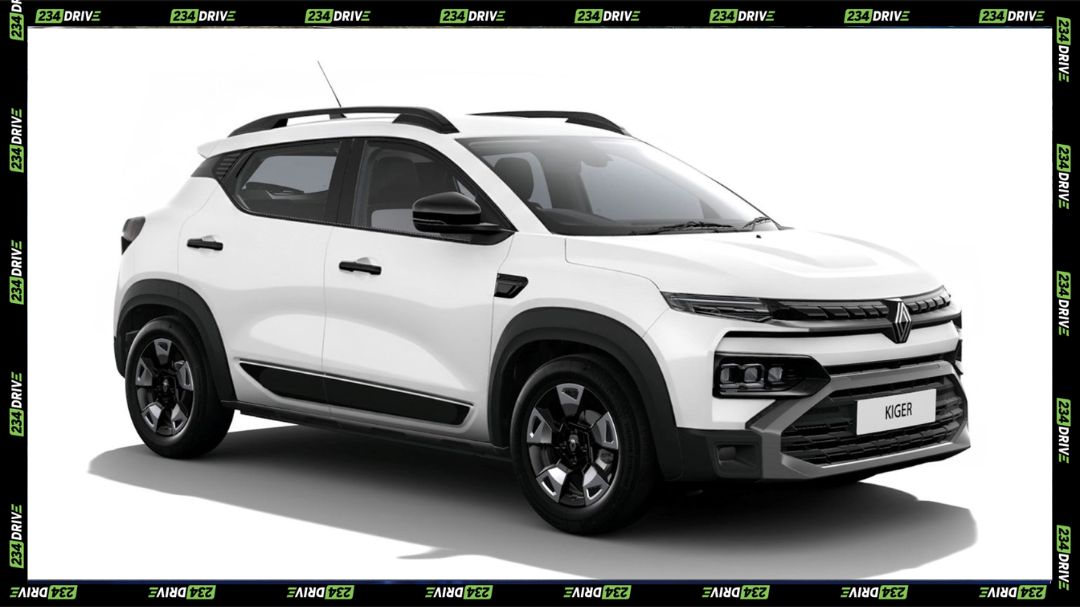
Competing in the sub-R300,000 crossover segment demands different tactics than premium markets. The Kiger doesn’t chase performance credentials or technology showcases; it delivers functional transportation wrapped in acceptable styling at a price point accessible to middle-income households navigating inflation and currency volatility. The five-year warranty matters more than zero-to-100 times. Wireless smartphone integration matters more than leather seats. The formula works because it acknowledges economic realities without insulting buyers with stripped-out penalty boxes masquerading as vehicles.
The broader question isn’t whether the Kiger succeeds in its immediate mission—sales data already answer that—but whether this segment survives the inevitable squeeze between cheaper Chinese offerings and descending EV prices. Chinese brands have demonstrated willingness to undercut established players by shocking margins, whilst battery costs follow predictable downward trajectories that will eventually bring EVs within striking distance of ICE pricing. Renault’s LFP battery strategy signals awareness of this future, but execution timelines remain murky. For now, the refreshed Kiger occupies profitable middle ground: affordable enough to attract volume, competent enough to satisfy daily needs, and positioned to milk remaining years before electrification reshapes the segment entirely. Whether that represents strategic brilliance or tactical delay depends entirely on how quickly the EV transition accelerates—and in South Africa, that timeline remains anyone’s guess.


